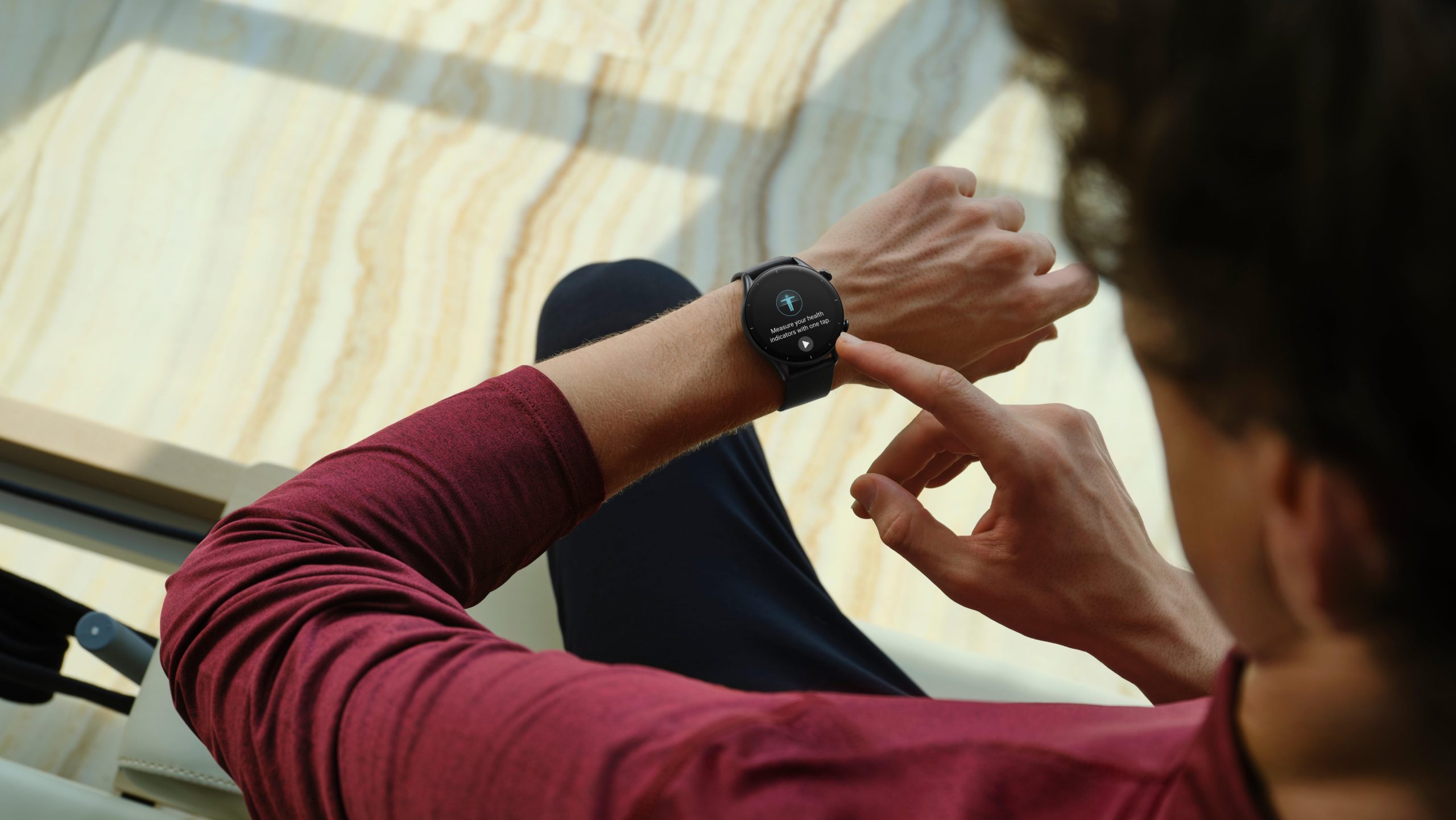Amazfit isn’t a household name, but the company has quietly been making inroads as one of the best (and most prolific) budget smartwatch makers around. Now Amazfit is back with the third refresh of its GTR/GTS line of smartwatches, as well as a fancier, “premium” version called the GTR 3 Pro.
Last year’s GTR 2 and GTS 2 were already impressive for their $US180 ($244) price tag, because both offered advanced health features that you’d typically find on flagship smartwatches that cost hundreds more. The GTR 3 and GTS 3 keep those features along with some hardware upgrades, and also improve on one of the biggest weaknesses of Amazfit’s whole platform: its Zepp app. The only bummer is that it appears some features — like the speaker, Bluetooth calls, and onboard music storage — have been shifted over to the $US230 ($312) GTR 3 Pro.
This time around, all three watches feature a six-photodiode PPG sensor that measures heart rate, blood oxygen saturation, stress levels (via heart rate variation), and breathing rate. There’s an option on the watch to take all four measurements at once. Amazfit has also reduced the time it takes to get an SpO2 reading down to 15 seconds. Another new health feature is period-tracking, which includes cycle and fertile window predictions. Runners now also have the option to use a “virtual pacer” to track workouts, as well as analyse progress and recovery. Lastly, Amazfit has expanded its third-party integrations to Apple Health, Google Fit, Strava, Relieve, Runkeeper, and TrainingPeaks.

The watches now include “shortcut cards,” which are effectively widgets that you can swipe left or right from to get quicker access to frequently used apps. Like last year’s watches, they also feature an offline assistant and Alexa. Also included are 150+ watch faces, including some with snazzy animations, and the ability to upload photos as a custom watch face. Amazfit has also expanded typical features like reminders to drink water or get up, calendar events, to-do lists, weather forecasts, and Bluetooth remote camera control.
None of these features are all that new to the wearables space, but it is rare to see them on watches under $US250 ($339). The main things still missing from Amazfit’s watches are cellular connectivity and contactless payments. That said, the omission of NFC isn’t all that strange for a budget smartwatch, and you’re just not going to find cellular connectivity for under $US280 ($380) (which is how much the Samsung Galaxy Watch 4 LTE version costs).
The main difference between Amazfit’s three new watches is design. The GTR Pro 3 features a 1.45-inch AMOLED Ultra HD display with 331 ppi and a 70.6% screen-to-body ratio. It also has a 450 mAh battery with an estimated 12 days of battery life with typical usage, and 2.3GB of storage. The GTR 3 is slightly smaller with a 1.39-inch display with 326 ppi and a 66% screen-to-body ratio. It has the same battery as well, but is rated for 21 days of typical usage. Meanwhile, the GTS 3 has a 1.75-inch square display, and a 250 mAh battery, though it also is rated for 12 days. Both round watches weigh 32 grams, while the GTS 3 is slightly lighter at 24.4 grams. Any way you slice it, they’re fairly lightweight watches with good displays and killer battery life.

I’ve had some time to play around with the GTR 3 Pro, and so far it’s a promising smartwatch. It still has some of Amazfit’s quirks, like a cluttered menu, but many other gripes seem to have been addressed since last year. The materials don’t feel as chintzy as they did on the GTR 2, and the screen itself looks like it belongs on a more expensive smartwatch. I’ve been wearing this thing for roughly a week, done about 90 minutes of GPS workouts, and still have 29% battery. (I did not have the always-on display on the entire time, however.) Connecting and using Alexa was easy, the animated watch faces I’ve tried look pretty, and the widgets have improved the UI. The biggest improvement, though, has been the Zepp app. I’ve been using a beta version this past week, and the interface has been overhauled to be more intuitive at a glance. Metrics are displayed in a more natural manner, and there aren’t quite so many bugs with mistranslations — though I’d argue there are still too many settings menus. But while it’s not perfect, it’s a huge step up from what the app looked like just a few months ago.
The GTR 3 and GTR 3 Pro are available from the U.S. Amazfit store starting today for $US180 ($244) and $US230 ($312), respectively. Amazfit didn’t give a specific U.S. launch date for the GTS 3, but says it’ll be “available soon.”
Editor’s Note: Release dates within this article are based in the U.S., but will be updated with local Australian dates as soon as we know more.
